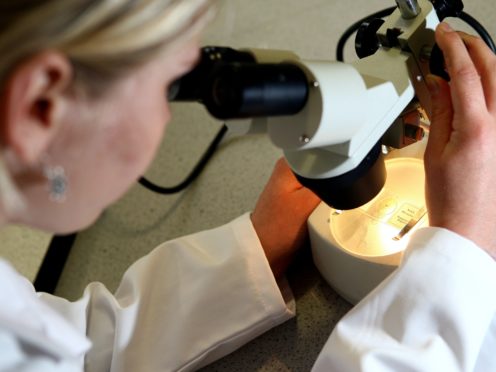The virus that causes Covid-19 acts like a “wolf in sheep’s clothing” by using sugars to trick its way into the human body, according to new research.
Scientists at the University of Southampton have created a model of the Sars-CoV-2 coronavirus that causes Covid-19 which reveals how it disguises itself to enter human cells undetected.
But they found that the virus is not as heavily protected as some others such as HIV.
The team, led by Professor Max Crispin, say the model will provide “crucial and encouraging” information for scientists creating a vaccine.
Prof Crispin explained that the Sars-CoV-2 virus has a large number of spikes sticking out of its surface which it uses to attach to and enter cells in the human body.
These spikes are coated in sugars, known as glycans, which disguise their viral proteins and help them evade the body’s immune system.

Prof Crispin said: “By coating themselves in sugars, viruses are like a wolf in sheep’s clothing.
“But one of the key findings of our study is that despite how many sugars there are, this coronavirus is not as highly shielded as some other viruses.
“Viruses like HIV, which hang around in one host, have to evade the immune system constantly and they have a really dense coat of glycans as a shield to the immune system.
“But in the case of the coronavirus the lower shielding by sugars attached to it may reflect that it is a ‘hit and run’ virus, moving from one person to the next.
“However, the lower glycan density means there are fewer obstacles for the immune system to neutralise the virus with antibodies. So this is a very encouraging message for vaccine development.”
The research was carried out using equipment previously provided by a grant from the Bill and Melinda Gates Foundation through the Collaboration for AIDS Vaccine Discovery.
